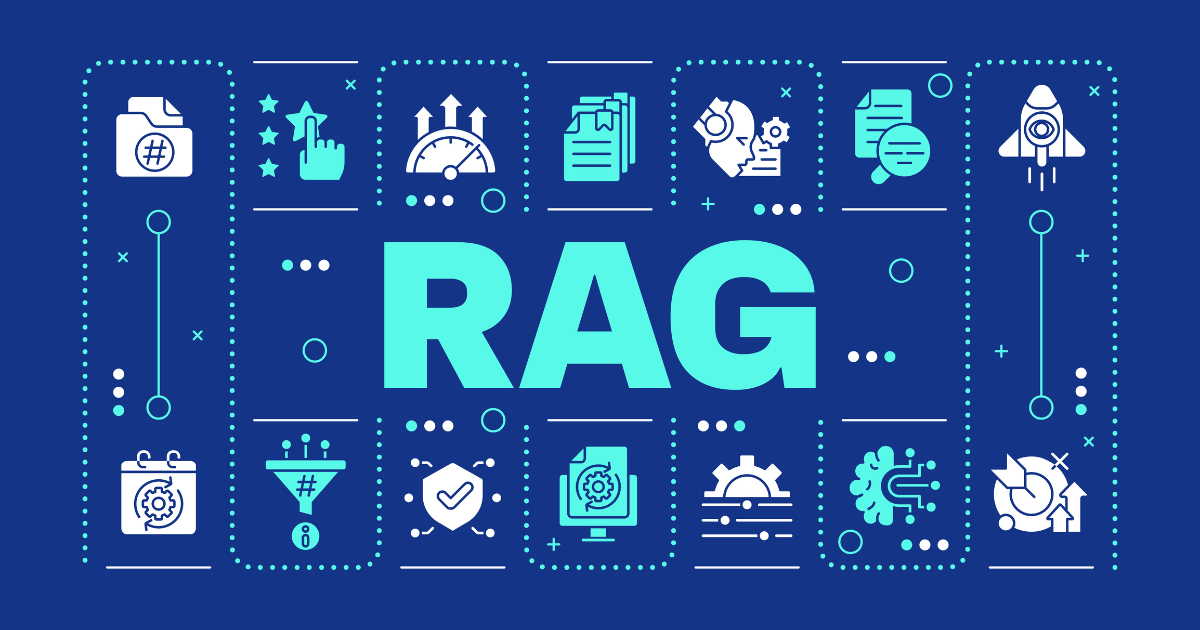By Vykintas Maknickas
The old cliché says startups are born in garages and dorm rooms. That’s still true, but there’s a newer path: founding a startup inside a scale-up.
When you do that, you get the speed of a seed-stage team with the leverage of an established company. Executives and investors should care because this model can unlock new product lines, revenue and talent retention without recreating the wheel.
That’s how we built Saily, a travel eSIM service launched from inside Nord Security (the company behind NordVPN). In 19 weeks, a seven-person team went from a blank page to a live product. A little over a year later, we had scaled to millions of users with plans offered in more than 200 destinations. We did not invent everything from scratch. We reused what worked and validated everything else fast.
Incubation lowers two risks most founders underestimate
Every new product faces two existential risks: market and execution.
Inside Nord, I’d helped launch at least half a dozen new products before Saily. The pattern was consistent: Great ideas die when they target the wrong market or underestimate execution. With Saily, timing and infrastructure lined up: eSIM demand was accelerating, pain points were clear, and we could tap Nord’s backend, payments, app teams and distribution.
That allowed us to move at startup speed without startup fragility.
‘Product organization fit’ beats a great idea
Founders obsess over product-market fit. Inside a scale-up, you also need what I call “product organization fit” or the overlap between a new product and what your company already does well.
When that overlap is high, you ship faster, hire smarter and avoid costly relearning. For Saily, the overlap was obvious: Security tech we knew (virtual location, web protection and ad-blocking), and app development know-how we could bring to travel connectivity.
Competition helped more than it hurt. “No competition” usually means “no demand.” We treated competitors as free market research, reading hiring signals, product moves and funding announcements to understand where the market was headed.
And we made security the product, not a feature. Travelers don’t want another app — they want reliable connectivity that isn’t risky on unknown networks. Building privacy and protection at the network layer means safety works phone-wide with no tinkering.
Autonomy inside structure
The hard part is not technical, but cultural. Large companies run on process. Startups run on autonomy. We set up Saily as a company within the company: A dedicated product and marketing team with decision speed, plus shared services (legal, finance and design) when needed. Think of it as an internal accelerator, where the platform handles overheads so the team can focus on products.
We kept one rhythm: ship, learn, repeat. Those 19 weeks weren’t about perfection, but about getting a usable product into the world and compounding feedback.
Experimentation only works if you measure what matters: speed, unit economics and retention. For example, independent third-party testing confirmed Saily’s network-level ad-blocking reduces data usage by 28.6% — real money saved for travelers. That is a signal you double down on. If a feature or tool adds complexity without value, cut it quickly.
What founders (and operators) can steal
- Derisk in two tracks: Validate market pull and execution feasibility before you scale spend. If the market isn’t growing and your organization doesn’t have overlap, think twice.
- Reuse before you reinvent: Borrow talent, systems and channels where you can. Every overlap removes weeks of risk.
- Measure what matters: Do a simple before/after on ship speed, customer acquisition cost and retention. If the needle doesn’t move, remove it.
- Build momentum in full sight: Share milestones and learning. It sharpens the team and attracts partners.
Saily is still early, and the market is just getting started, but the model matters as much as the product. Many future founders already work inside growth companies. Give them startup autonomy and scale-up leverage and remarkable things can happen — in months, not years.
Vykintas Maknickas is CEO of Saily, a global eSIM app from Nord Security. A former head of product strategy at NordVPN, where he helped launch a series of new product lines, Maknickas has turned Saily into a globally successful brand with millions of users and serving more than 200 destinations. An entrepreneur since age 15, Maknickas brings a hands-on, execution-driven approach to building secure, scalable consumer tech.
Illustration: Dom Guzman

Stay up to date with recent funding rounds, acquisitions, and more with the
Crunchbase Daily.









